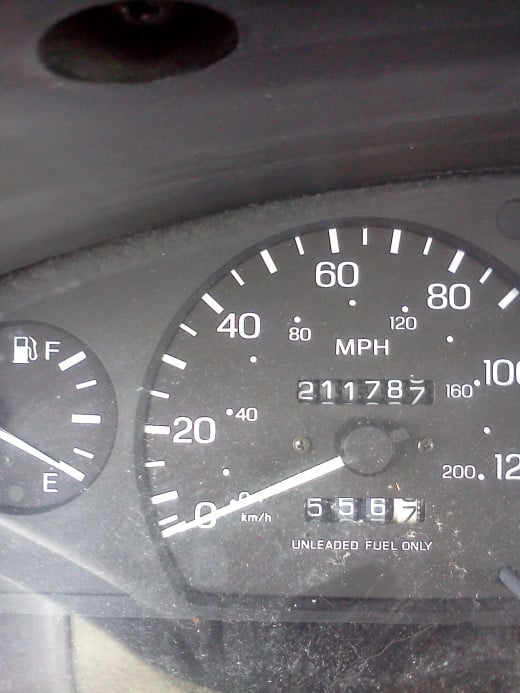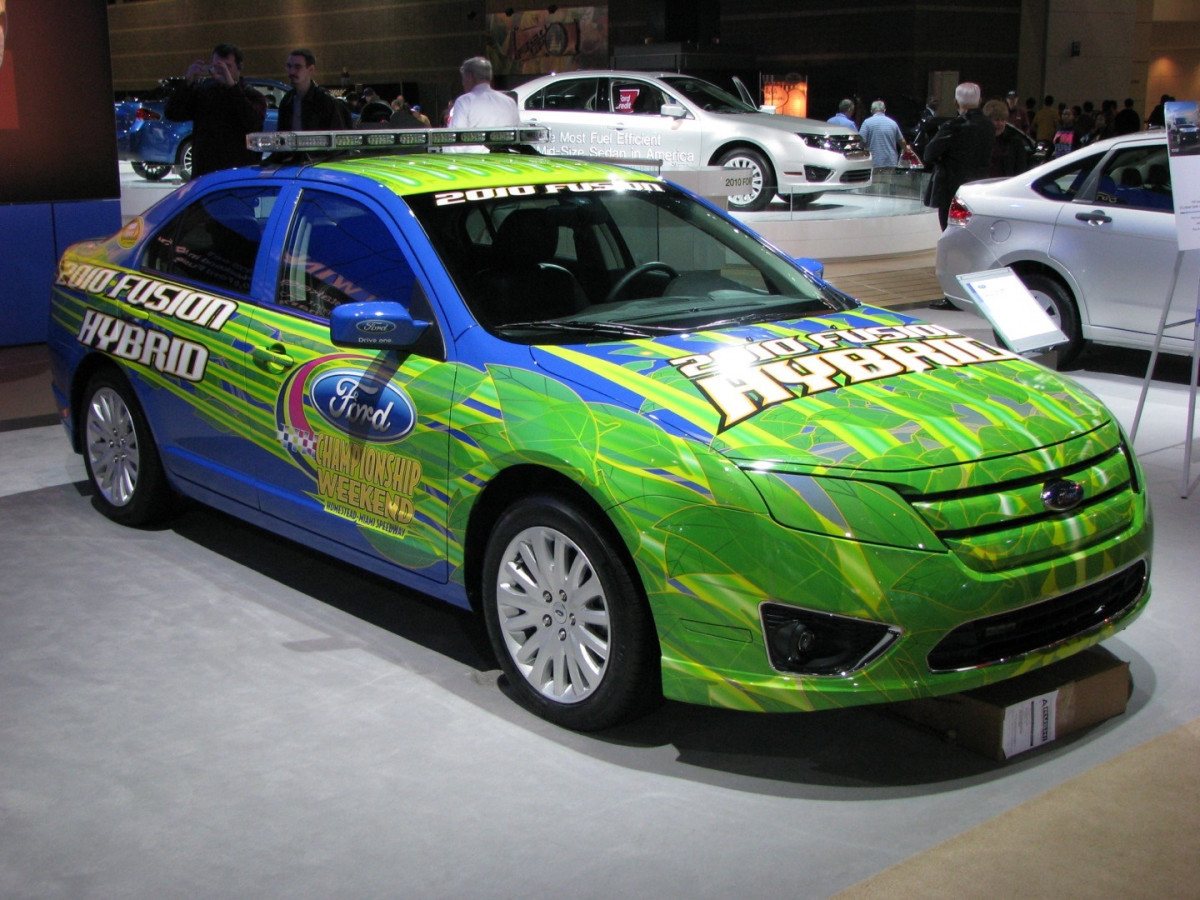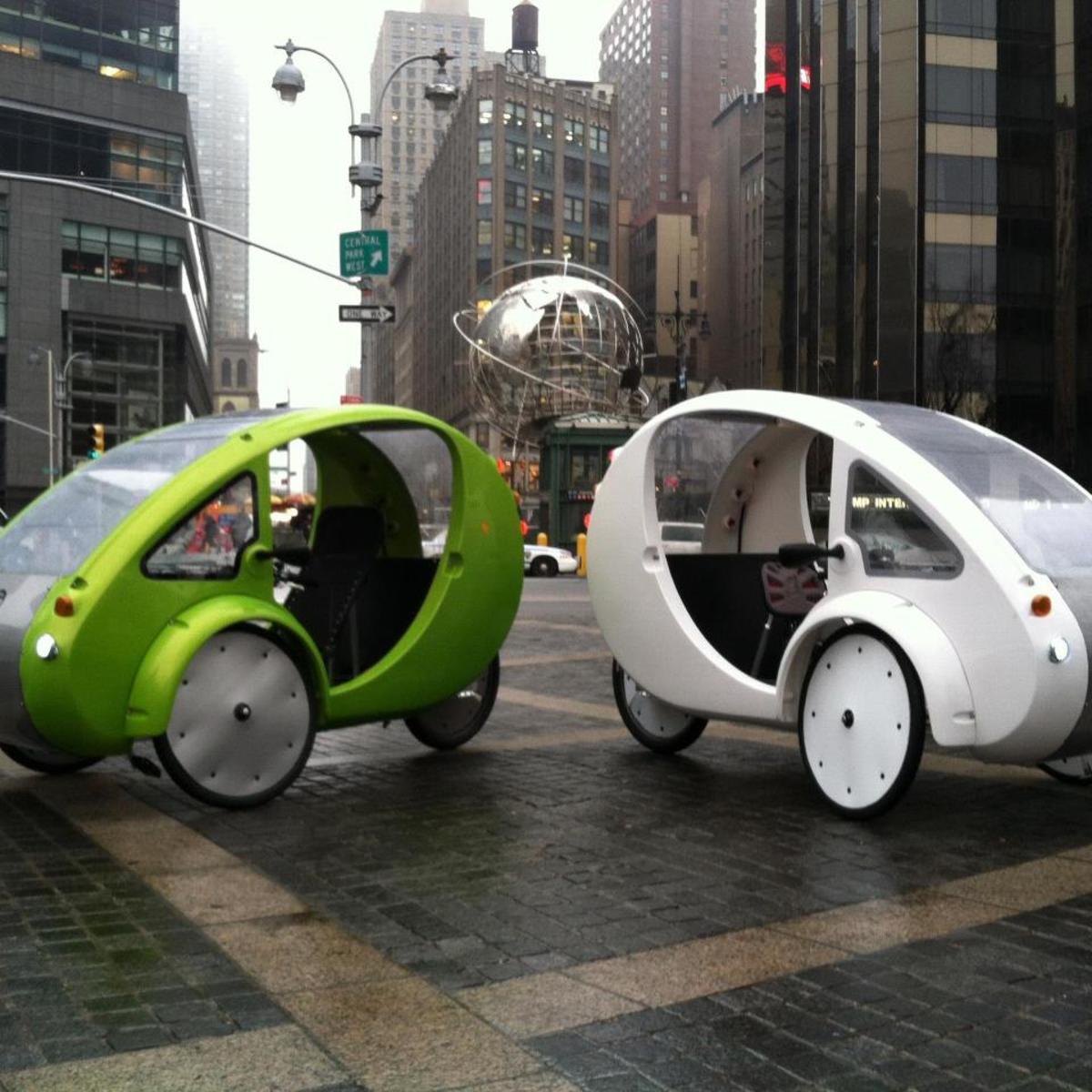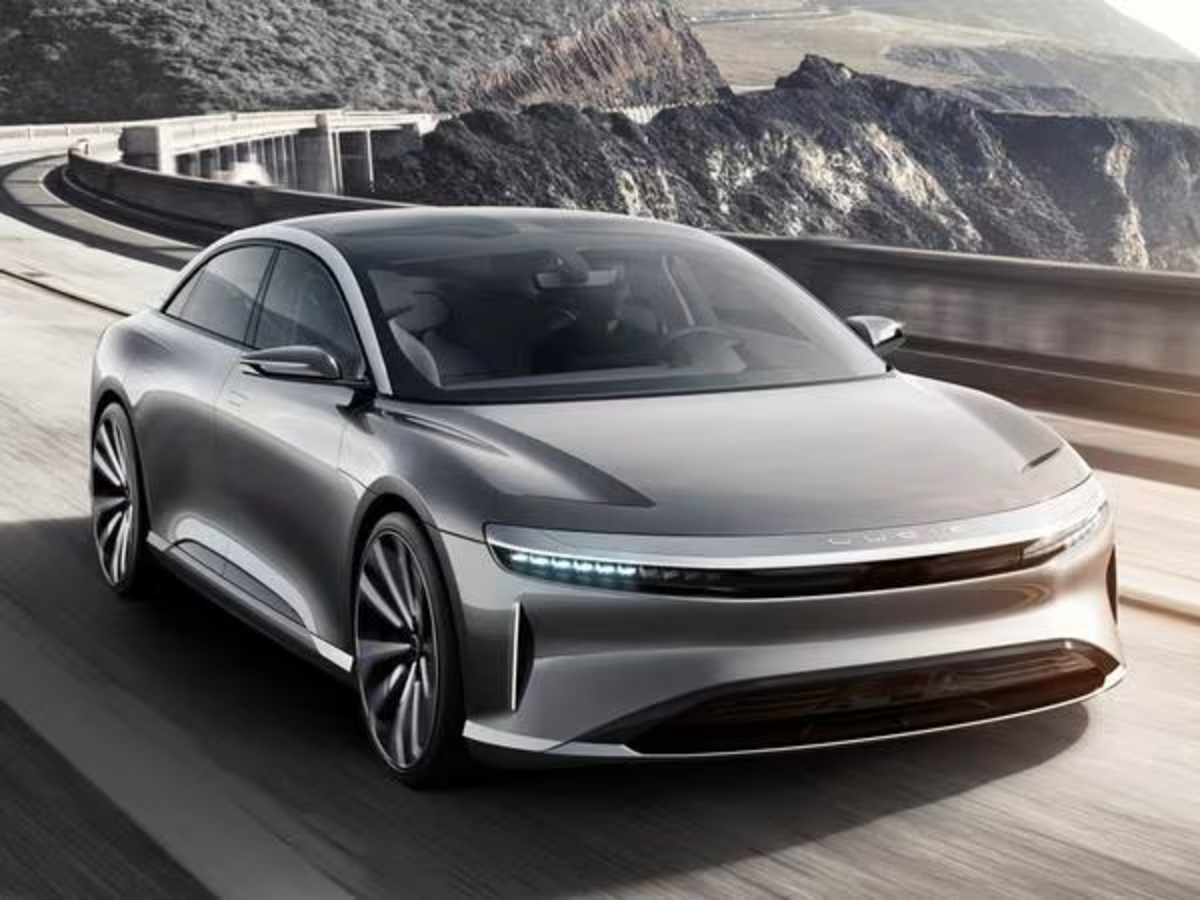Maximizing your Vehicle's Gas Mileage
Filling up After 558 Miles

How I DOUBLED the Gas Mileage in my Car
Backstory:
I have been driving the same car for several years, but haven't really paid attention to gas mileage at all, really. In the past, I have lived in worked in the same town, therefore I drove to and from work, and got gas about every 2 weeks.
I understood that getting gas every 2 weeks was pretty good, but I justified it in that I only used the car to get to and from work.
Back then, I would get between 300 and 350 miles to the tank.
Before I go any further, I drive a '95 Nissan Sentra/200sx. The following link contains information on the car's fuel economy:
http://www.fueleconomy.gov/feg/noframes/11662.shtml
The car gets about 21 mpg city, and 29 mpg highway.
Recently, I have accepted a job outside of the town I live in. My commute from home to work is about 90 miles; 180 miles round trip, not including any local commuting I may do while down at work.
When I started doing this drive regularly, I drove the car as I regularly did. This a very typical kind of driving; I accelerate by shifting up, making sure my RPMs were adequate, and keep it in 5th gear while on the highway. I would press and depress the gas and brake pedals when needed.
At this point, I got between 425 and 475 miles to the tank.
I assumed this was mostly due to the fact that I was driving on the highway now, instead of in-town. But as I grew more accustomed to the drive, I started making the following changes to my driving habits:
1. Are your Tires Fully Inflated?:
After struggling with a slow-leak on one of my tires for months, I finally got it repaired. In fact, it was such a slow leak, that the only way I could prove there was a hole in it was to show up to Sears with it very visibly flat. Anyway, I would fill up this tire every couple of weeks, or so. I began to notice that I would get more miles on the tank right after I filled it up, as opposed to the time I finally got around to checking the tire pressure and filling it again (this thing was LOW. I'm talking, less than 20 PSI. My tires should be between 35 and 40 PSI). Also, whenever I filled up the tire, there would be a noticeable difference in the smoothness of the ride. It would feel like a weight had been lifted off of my car. Always check the tire pressure on your car; your tires will say right on them how much pressure should be in them; most cars sit at around 35 PSI, but be sure to check just in case. If you don't have a tire pressure gauge, I highly recommend you invest in one!
2. Coasting Down Hills:
I began noticing that there were certain points during the drive that I would take my foot off the gas pedal, and coast down a hill. I wouldn't be using any gas at all; however, I noticed that my engine hummed at about 3000 RPM while driving between 60 and 70 mph, even if I wasn't using gas. I took the car out of gear and noticed that my engine would hum at 1500 RPM, which, essentially, meant half the gas to travel at the same speed while going down a hill.
3. Shifting Sooner:
Since the concept of coasting out of gear essentially reduces the RPM, and subsequently, the gas usage, I began being more conscientious of when I would shift gears. When accelerating, I had shifted between 3000 and 3500 RPM. Now, I try to do between 2000 and 2500. It severely reduces acceleration and torque; however, I don't suppose that really matters. It is particularly easy to shift at low RPM when on a flat road, or going down a hill. When going up a hill, I try to do it at 2500-2750, and know that I am still faring better than semi-trucks.
4. Tailgating Trucks:
Speaking of semi-trucks, have you ever noticed how BIG they are? When travelling on an interstate, driving your car through the air at 70mph is essentially the same as 70mph wind flying at your car (Newton's laws, anyone?). That would be air resistance, which we all know what resistance means: Using more gas. Those semi-trucks can come in handy because you essentially have a big square space of wind-free road right behind them, and I found myself rarely using the gas pedal at all when following these big guys. On a flat surface, you pretty much just need to press the gas every so often to keep up with the speed of the truck; your spinning wheels will take care of the rest. When going uphill, this is an especially handy trick. I am sure there is some math we can do to determine that going up some hill at X% with no wind resistance is about the same as travelling on a flat surface with wind resistance. But I'm no physicist. Coasting downhill behind trucks is great, as you can coast much longer...However; I have found that I need to slam on the breaks because I end up coasting faster than the truck is driving. Also, trucks drive slower, which reduces gas use, because it reduces RPM.
Outcome:
After making these changes to my driving habits, I found that I have been getting anywhere from 480 and 560 miles per tank. That is a PHENOMINAL 44.6 MPG in my Nissan, which is pretty awesome for something that isn't a hybrid.
Comparatively, the Toyota Prius gets about the same mileage:
http://www.fueleconomy.gov/feg/bymodel/2005_Toyota_Prius.shtml
Supposedly, my car should only get 29 MPG:
http://fueleconomy.gov/feg/noframes/11660.shtml
I could only imagine what kind of mileage the Prius would get if these habits were applied to that car. It is my suspicion that even if you do not have a manual transmission, if you employ this “less erratic driving” as a method for reducing gas usage, your car will get a lot more bang for its buck too.






